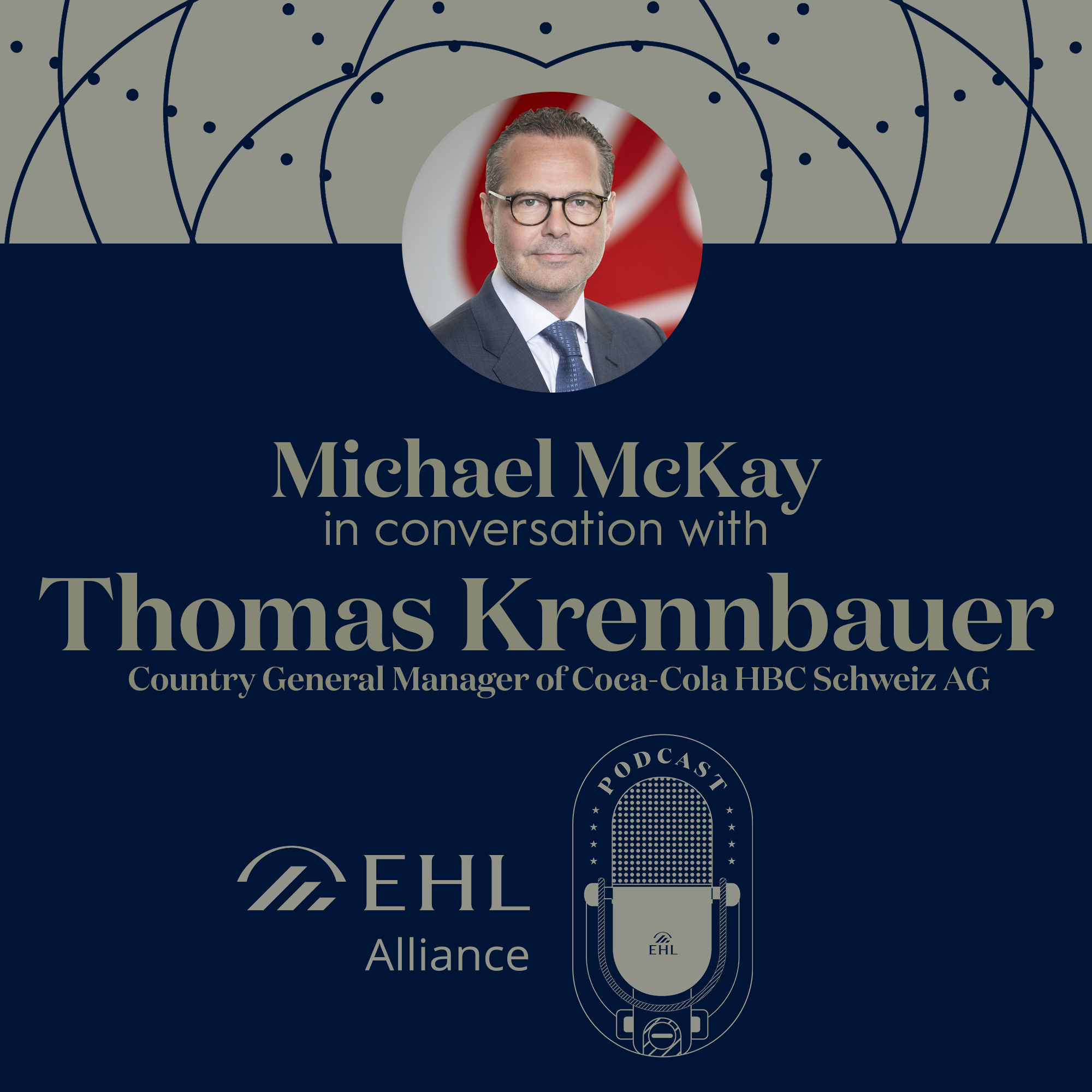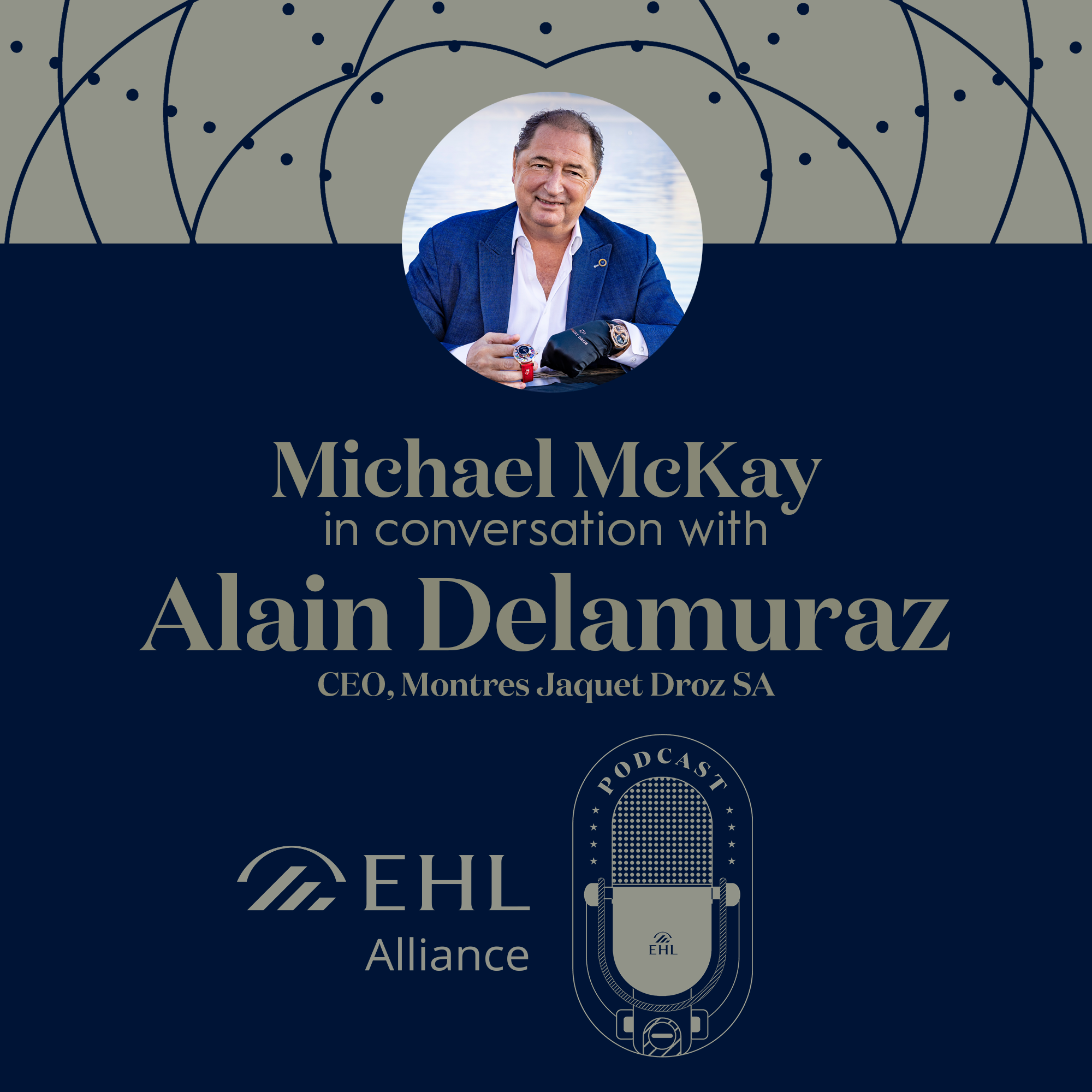The meaning of work is no longer defined by a place or the duration of time spent in a particular location. As such, many organizations are creating new working environments to bridge the potential physical and occasionally mental gaps that arise over time as a result of hybrid work. The ideal work environment is a hybrid one where interactions between coworkers are seamless, unified, and collaborative.
The COVID-19 pandemic has been a turning point, highlighting how the "business as usual" concept can prevent firms from innovating and adopting new working methods. There appears to be agreement among HR professionals that hybrid work is the way to go. Why? Because more and more employees are choosing to work in highly flexible companies.
In an EHL Alliance podcast, our very own Michael McKay had an interesting conversation with Philippe Peress — Principal and Board Member at IWG Switzerland, on how better utilization and management of work areas can help improve the interaction between people. The insights shared by Philippe show that hybrid work is soon to be the new way we work.
Summary
The Shift in Work
No matter how big or small the company, every CEO must decide whether to adopt a hybrid work style, wait it out and take a wait-and-watch attitude, or continue with what we already have and know in the hopes that things will soon return to normal. However, those who wait for things to return as they were may be in for a rude awakening.
Employee expectations have changed as a result of the pandemic. The corporations are currently dealing with a complex situation riddled with mass resignations. They have to deal with new contingent demands from the workforce as they work to keep talent. "Post COVID and what we've seen over the last two years is an environment in which employees are demanding greater services, greater flexibility, and demanding a way of life that is unique to themselves.", Philippe says.
"No longer is it a corporate structure of saying it's 8-6 and you one must be in the office! They want to work from home, they want to work from the mountains, they want to work in flexible workspaces.", Philippe adds.
As such, many companies are being forced to accept these changes. They have to make decisions that would've otherwise seemed improbable, impractical, or absurd in the past. "In order to seduce and retain talent, they are challenged in making decisions that they never thought they would have to make.", Phillipe explains. Some of these decisions vary and include the following:
- Contemplating introducing 4-day workweeks
- Providing greater services to employees to lure them back to the office
- Offer more flexibility regarding work hours
- Extended Holidays and Paternity leaves
Is It the Work-Life Balance or the Life-Work Balance?
There has been a recent debate that has most HR departments split: Is it more about a work-life balance or life-work balance? Which is better, and which one should employees prioritize? Or is it just a debate on semantics? A pre-pandemic study reveals that young people were seeking a better work-life balance than prior generations even before the pandemic, were growing more focused on their own goals, and wanted more freedom and control. But do they have it all wrong?
We know that "work-life balance" describes how people divide their time between work and other pursuits. However, the "life-work balance" concept is much deeper. Employees prioritize their way of life first and then figure out how to incorporate work into it. According to Philippe, this concept is quickly becoming a tactic that potential employees use to determine whether the work fits them.
"They may be reversing the situation by asking 'What are my hours?Can I work in a flexible manner? My life is decentralized and I like spending time in the mountains or by the sea. Do you have a framework that allows me to work from hybrid locations throughout the country where I can be the most productive to your company'."
According to research, many employees, especially the young, would prefer to change professions than give up the freedom of working a hybrid schedule. Therefore, employers may need to embrace hybrid working to recruit and keep the finest workers. "...but the future of work and the notion of hybrid work and decentralized work is here to stay.", Philippe believes.
The Drawback and Opportunity of Hybrid Work
Humans are sociable beings by nature. Working with others, brainstorming, and cooperating to learn new things usually gives us energy. We encourage one another to set new goals and act as each other's sources of motivation. However, working from home can make it more difficult to collaborate as a team, particularly when employers are unprepared for this kind of working arrangement.
There is growing concern that working in the same area where people are supposed to decompress and unwind can affect how people manage their professional and personal lives. As a result, they may start to blend, either spending the entire day working while lying in bed or being distracted while binge-watching TV.
To combat this, modern organizations have encouraged employees to use co-working facilities, with many even offering to pay for these places. In other cases, like with IWG, they offer their employees options where they can find conducive work environments (regardless of location) and carry out their daily tasks without many distractions. Ultimately, these options, ranging from conference room facilities, fully serviced offices, and lounge spaces to membership spaces, are aimed to accommodate employees with different working styles and preferences.
Philippe notes that hybrid work's drawbacks in terms of work productivity are opportunities for organizations to find ways to provide their employees with better facilities that promote hybrid work and stimulate work. He notes that if done well, the hybrid work model can greatly benefit the company's bottom line. "The hybrid model is something that can lead to better productivity, better efficiency, innovation, low turnover of staff, and be conducive for the employee.", he says.
Where Do We Go From Here?
Recent start-ups have had little trouble implementing the new work model in the interest of their employees. However, this is different with larger corporations. They currently possess many assets pertaining to their workspace, and they cannot afford to lose all of them in a matter of days. As a result, they decide to spend more money on improving these areas for productivity, which Philippe thinks other businesses will also do.









